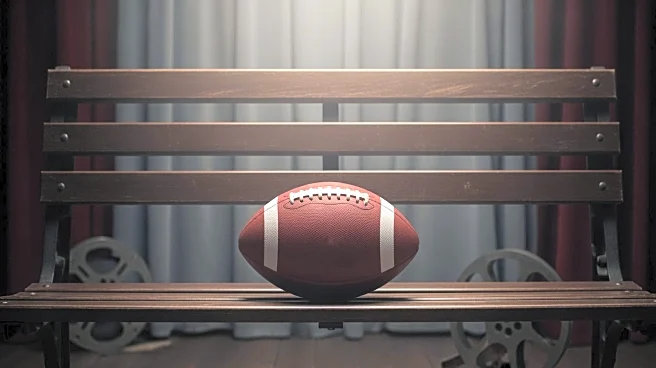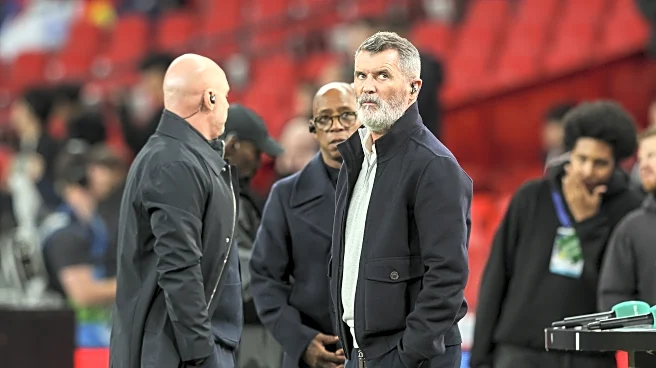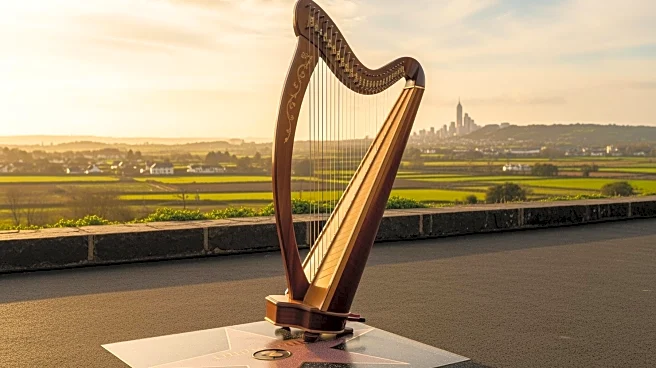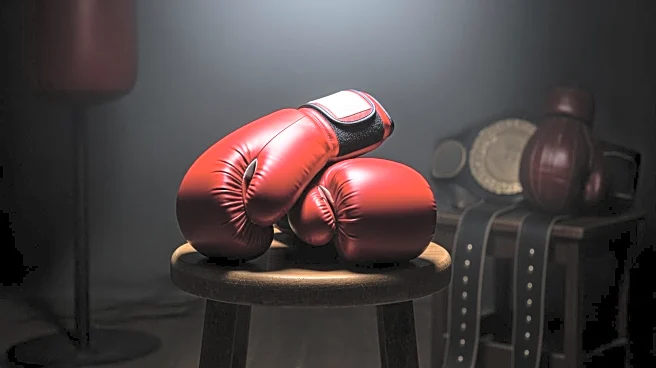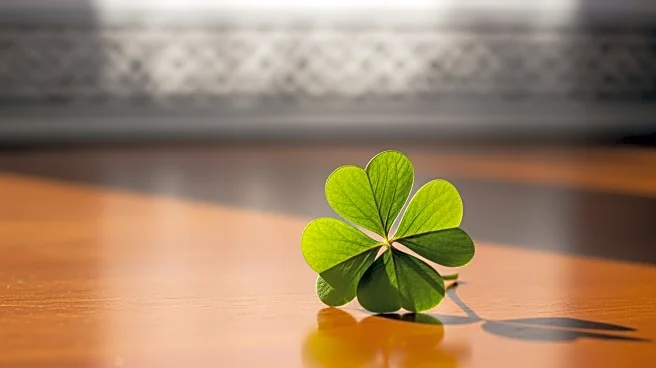What's Happening?
The film 'Saipan,' which explores the infamous fallout between Roy Keane and Mick McCarthy during Ireland's 2002 World Cup preparations, premiered in Northern Ireland as part of the Belfast Film Festival's
25th anniversary. Éanna Hardwicke, a Cork native, plays Roy Keane and expressed a deep sense of pride in portraying the former professional footballer. Hardwicke prepared for the role by immersing himself in football, playing five-a-side games, and studying Keane's physicality and voice. The film delves into the intense disagreement between Keane and McCarthy over training standards and facilities, which led to Keane leaving the team before the tournament. Despite efforts to resolve the conflict, Keane did not return to play for Ireland until 2004.
Why It's Important?
The film 'Saipan' highlights a significant moment in Irish sports history, reflecting broader themes of leadership and excellence. Roy Keane's commitment to high standards and his clash with Mick McCarthy's management style sparked controversy and debate in Ireland, influencing public opinion and sports culture. The film serves as a metaphor for Ireland's international standing at the time, questioning whether the nation aimed merely to participate or to compete at the highest levels. This portrayal may resonate with audiences beyond football fans, offering insights into leadership dynamics and the pursuit of excellence.
What's Next?
The film's release may prompt renewed discussions about the legacy of Roy Keane and Mick McCarthy's leadership styles. It could also inspire reflections on Ireland's aspirations in international sports and other fields. As audiences engage with the film, there may be further exploration of the cultural and societal impacts of the 2002 World Cup incident, potentially influencing future sports narratives and leadership approaches in Ireland.
Beyond the Headlines
The film 'Saipan' not only revisits a pivotal sports moment but also explores deeper themes of national identity and ambition. It raises questions about Ireland's role on the global stage and the balance between participation and competition. The portrayal of Keane and McCarthy's conflict may offer insights into the complexities of leadership and the challenges of maintaining high standards in stressful environments. This narrative could influence cultural perceptions of sports and leadership in Ireland and beyond.
